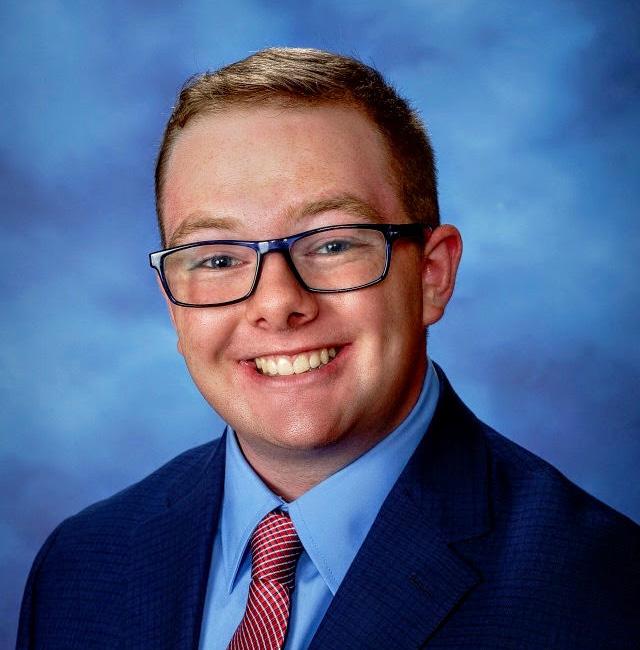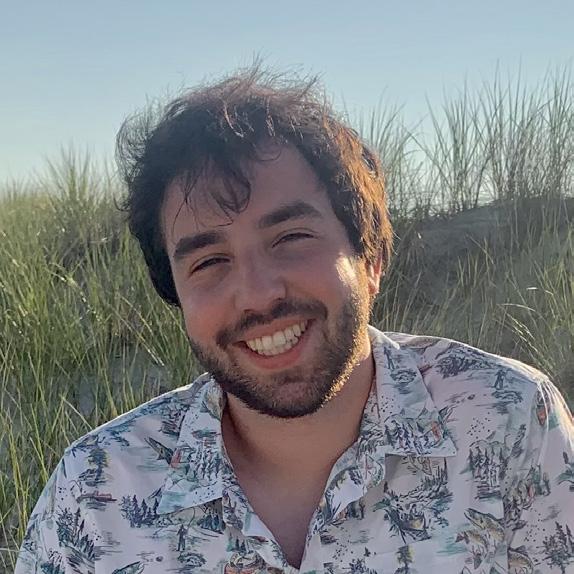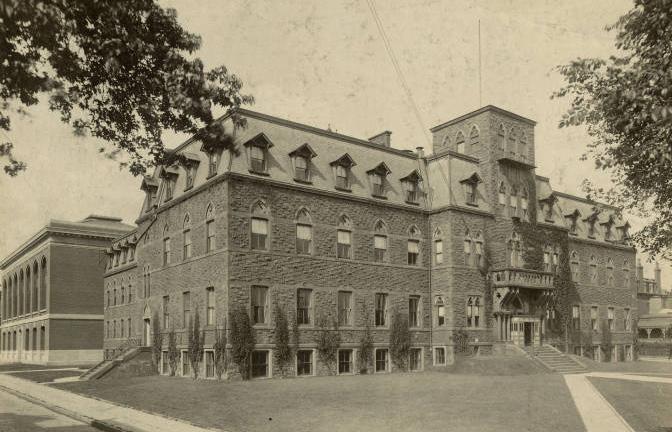
5 minute read
Why sports matter
BY KYLE SLENDORN
On October 9, 2022, I had to seriously question why I watch sports. It started with a cup of tea at 9 a.m. watching my newly adopted soccer team, West Ham United. After going down 1- 0 they scored three straight goals on their way to winning. So far so good. As the day went on the stakes of the games got bigger. Next up were my Dolphins. Versing their division rival New York Jets. Missing their starting quarterback I had low expectations for the Fins. However, the game was still close going into the fourth quarter. After a Dolphins missed field goal that would have put them in lead, the Jets pulled away scoring 21 points in seven minutes. That loss hurt me, but the biggest game was still to come. The Mets were in a playoff elimination game, the winner moves on. I had high hopes. Those hopes were crushed when they lost 6-0, managing to get only one hit in the whole game. That game ended at 10:11 p.m. Season over for the Mets. That loss hurt the most. My week was ruined.
Advertisement
Why do I waste so much time watching pointless sports when I could be spending my time doing something productive?
Well … because for me and millions around the globe, sports matter. A sports team that represents a city or country becomes a sense of pride for its supporters. They fall in love with the players and stick with their team through good times and bad. Spend tape that feels like a slowmo ah-ha zoom-out-on-mein-third-person moment but with a completely different cast and everything’s in different colors. Being a kid is like a world revolving around you, meanwhile, its taste is made up of crayons, play dough, and bubbles. Now it’s a windy Hudson, breakfast sandwich, and reminding myself to not let myself dehydrate throughout the day. The drama film is back on and I am feeling like ignoring all the noticeable differences. It feels like a video game that has a list of things to do to win and all of the things are question marks. Turning nineteen feels like a rush of wanting to be up and going all the time, but I am the only one giving myself less room to be excited. Maybe being a couch potato is easier, and I miss my bed because of the mental exhaustion all this thinking has let out, but at the same time, I catch myself wanting to say yes to everything and being everywhere all at once. Being back I realized I just have to focus on saying yes to things I want to and that’s one step forward.

Respectfully, I just turned a different age and as much as the world makes it a scary thing to show signs of getting older, I am realizing how much time with yourself is important. And this is all that makes up adulthood. Without letting myself feel everything I would not have made more than half of my art pieces. Holding back is to blame and time waits for no one. Getting older is a funny thing in general, but as an artist I find myself wanting to make the most of things. Why should this be any different?
HISTORY OF THE DUCKS Edwin A. Stevens Hall: An institute of learning
America. A British-born emigrant to the United States, he was a purveyor of Gothic and Italian architectural styles. With a resumé including renovations on the esteemed New York Trinity Church and as the founder and president of the American Institute of Architects, Upjohn embodied the engineering spirit of Edwin Stevens.
BY EVAN PAPAGEORGE ‘26
their hard-earned money on jerseys and tickets to games. Sports can unite. It can connect people from all different walks of life. Strangers can have a lengthy conversation about sports without ever knowing each other’s names. For families, it is often a right of passage. Parents taking their kids to the game or watching it on TV together becomes a way for them to bond. Bonding through sports is an integral part of many families staying together. I grew up in a family watching football every Sunday, going to Mets games in the summer, and taking trips to Miami to see the Dolphins. No matter what is going on we can talk sports. As a kid watching sports, you don’t realize how essential sports are to your life till you’re older.
October 10, 2022, was the first day of wrestling practice here at Stevens. I had a great day of practice to start my final season, and it made living with the brutal losses of the Dolphins and Mets much easier. It reinforced why I follow sports. The ups and downs of following a team mimic real life; it teaches us to get knocked down and get back up. As a Mets fan, I have been knocked down a lot. But next season I’ll be back at Citi Field rooting for the orange and blue.
So, do sports matter?
In the grand scheme of things, probably not. Still, many devote so much to their team and to the sport as it gives them something to look forward to. It has become the lingua franca of the world. Maybe that is why it matters so much.
The Stevens family first came to America in 1699 with the arrival of John Stevens Sr. from England when he was 17 years old. For the following 170 years, the Stevens family made a name for itself as the premier engineering and technological powerhouse of land and sea transportation, as well as helping lead New Jersey through the American Revolutionary War: “America’s first family of inventors.” Edwin Augustus Stevens—born July 28, 1795—was a prominent engineer and inventor who believed in developing technology and engineering. When he died in 1868, he willed most of his estate to his family. However, Edwin Stevens set aside money and land to continue his quest for furthering technology. He called it an “institution of learning,” or what we now know as Stevens Institute of Technology.
Following her husband’s death, Martha Bayard Stevens executed his will. She worked to establish a school that would honor her late husband’s passion for engineering and technology: one that offered a rigorous curriculum of engineering, science, and the development of future technologies. In his will, Edwin Stevens left money for the construction of a building to house the school. The architect chosen to design such a structure to commemorate the Stevens family and their legacy of engineering education was Richard Upjohn. Upjohn (1802-1878) was one of the most renowned architects in
Named after its benefactor, Edwin A. Stevens Hall is a five-story, 80,000-squarefoot hall in the high Victorian Gothic style adorned with heavy-stone masonry, brickwork, pointed arches, and intricately carved sculptures and ornaments. Construction on the original building finished in 1870, except for the East Wing, which would be completed a few years later in 1872. The center wing of the building, a large lecture hall, was transformed into a gymnasium in 1878. It functioned as such until 1881 when the space became a workshop to house machinery. In 1902, a new building, Carnegie Laboratory–named after Stevens benefactor Andrew Carnegie—was built to be the workshop. At that point, the main wing became an auditorium. The DeBaun auditorium is still used as a performing arts center, with renovations to keep it updated with current technologies.
The building remained a cornerstone of the university throughout the 20th and 21st centuries. The 125th anniversary of the school saw the addition of a 40-foot spire, currently the logo of Stevens. In 1991, the building was designated as a city landmark by the Hoboken Historic Preservation Committee and included on the New Jersey Register of Historic Places. Additionally, on February 4, 1994, it was added to the National Register of Historic Places. Today, the building represents the school and embodies the legacy of the Stevens family’s innovation in technology and engineering.










